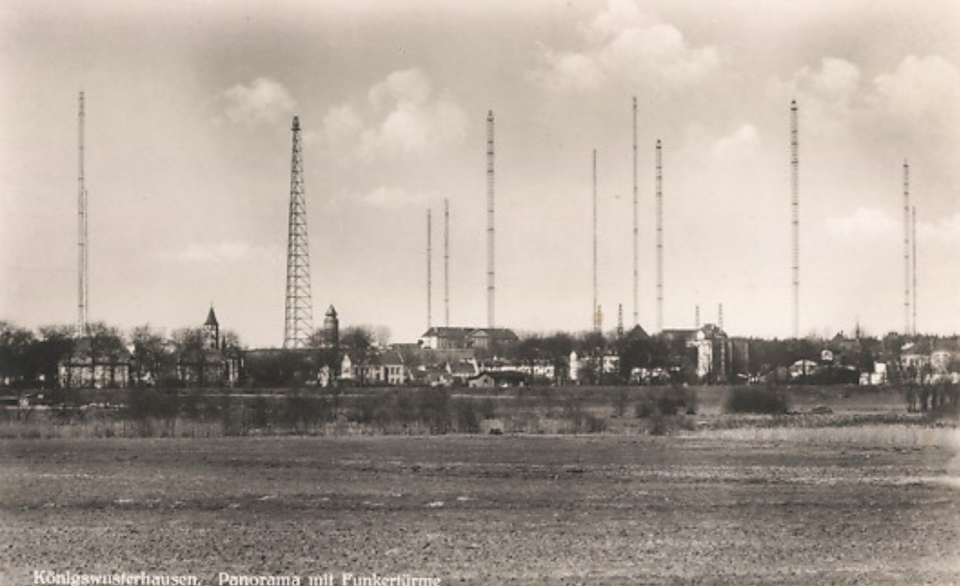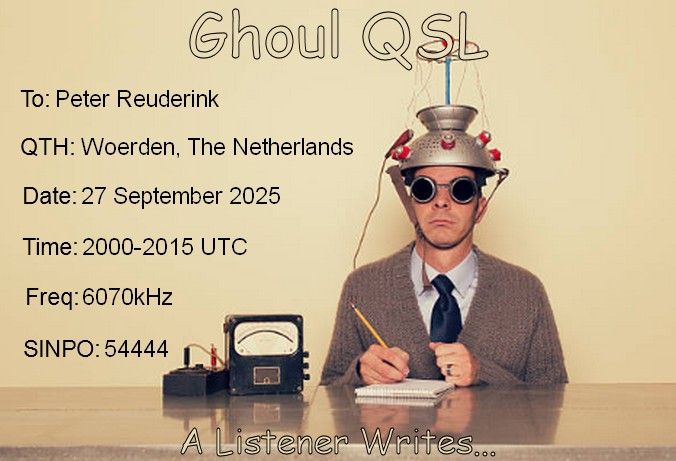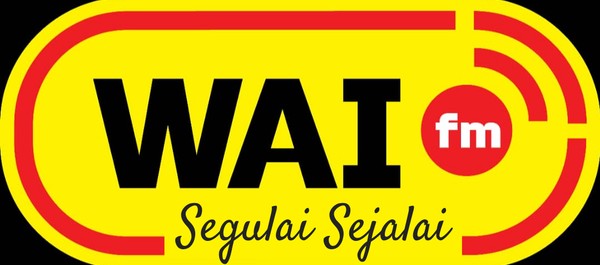I am a regular Channel 292 listener, but this weekend was the first time I noticed Radio Bandit on their 9670 kHz schedule. My report to Uwe Reiter was answered within a day.
Uwe wrote a nice email on his station:
“Radio Bandit is a one man show, unfortunately I don’t have a helpful team to help me. It can also be good: if mistakes are made, you know exactly who you can hold responsible. Yesterday’s broadcast was a test for me to find out what profit the Beam of Channel 292 brings, 10 dB were always possible. Otherwise I would have only ever used the omnidirectional antenna.
I am 67 years old. When I was about eight years old, my father gave me an old tube receiver, a Super AT with medium and short wave 50 to 30 m. On medium wave I listened to the numerous local stations at the time, on short wave nothing could be heard until I simply connected a few meters of wire to the existing antenna input. At that time, there were many more stations on shortwave than today. Everyone listened to Radio Luxembourg, including Radio Nordsee International from MEBO 2. In short, the virus radio had done its job.

I spent my childhood and youth in the shadow of the former Königs Wusterhausen transmitter south of Berlin. With its 20 kW medium waves for Radio DDR, several 250 kilowatt transmitters for Radio Berlin International, the foreign service of the former GDR and a 500 ! Kilowatt longwave transmitter for the Soviet occupying troops at the time, there was always enough HF in the air. That’s probably why I’m so radio-crazy and irradiated.

By the way, I only transmit on shortwave two or three times a year, simply when shortwave calls me. In 1974, RNI and Radio Veronica had to stop broadcasting. RNI then reappeared on the Internet in 2008, where I broadcast as Doc. Wolfgang Haus in the German service, which was always broadcast on Thursdays. At the legendary Radiodays in Erkrath I also had the opportunity to meet my former stars like Andy Archer. Dick de Graaf and Graham Gill in person.“

Uwe might be a one man radio show, but it was obvious from the show that he had a solid radio background. And still a very pleasant voice to listen to. It was nice to learn that Uwe pretty much got addicted to radio the same way as I did. Growing up with offshore free radio and discovering the world on the family tube receiver in an era where there was no internet. By the way, you can learn more about Köning Wusterhausen in Germany in my post about the Funkerberg.

























